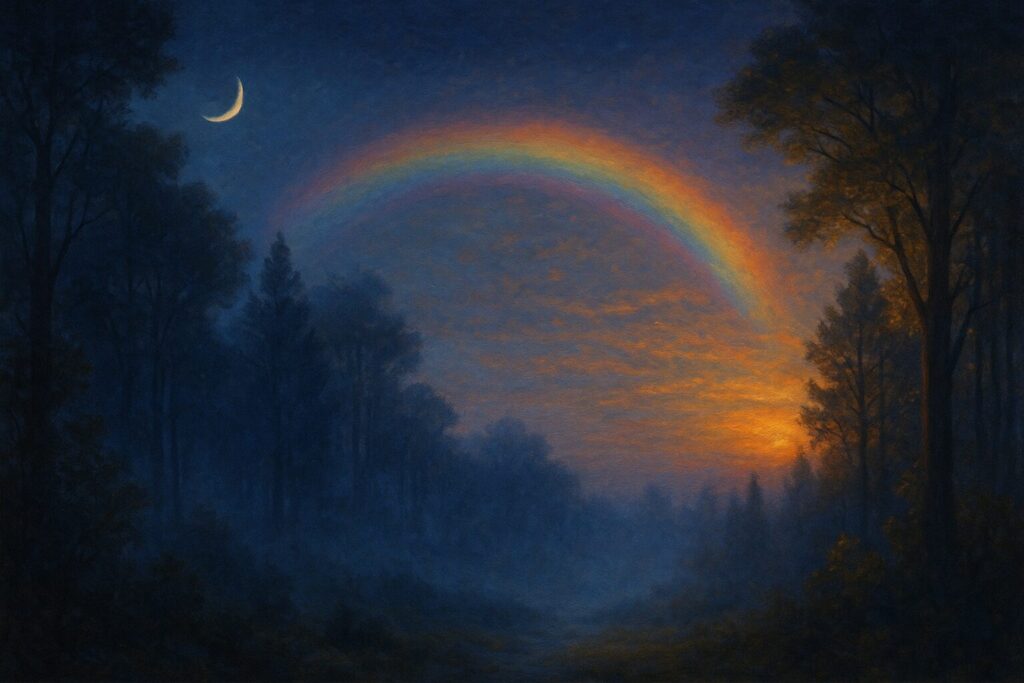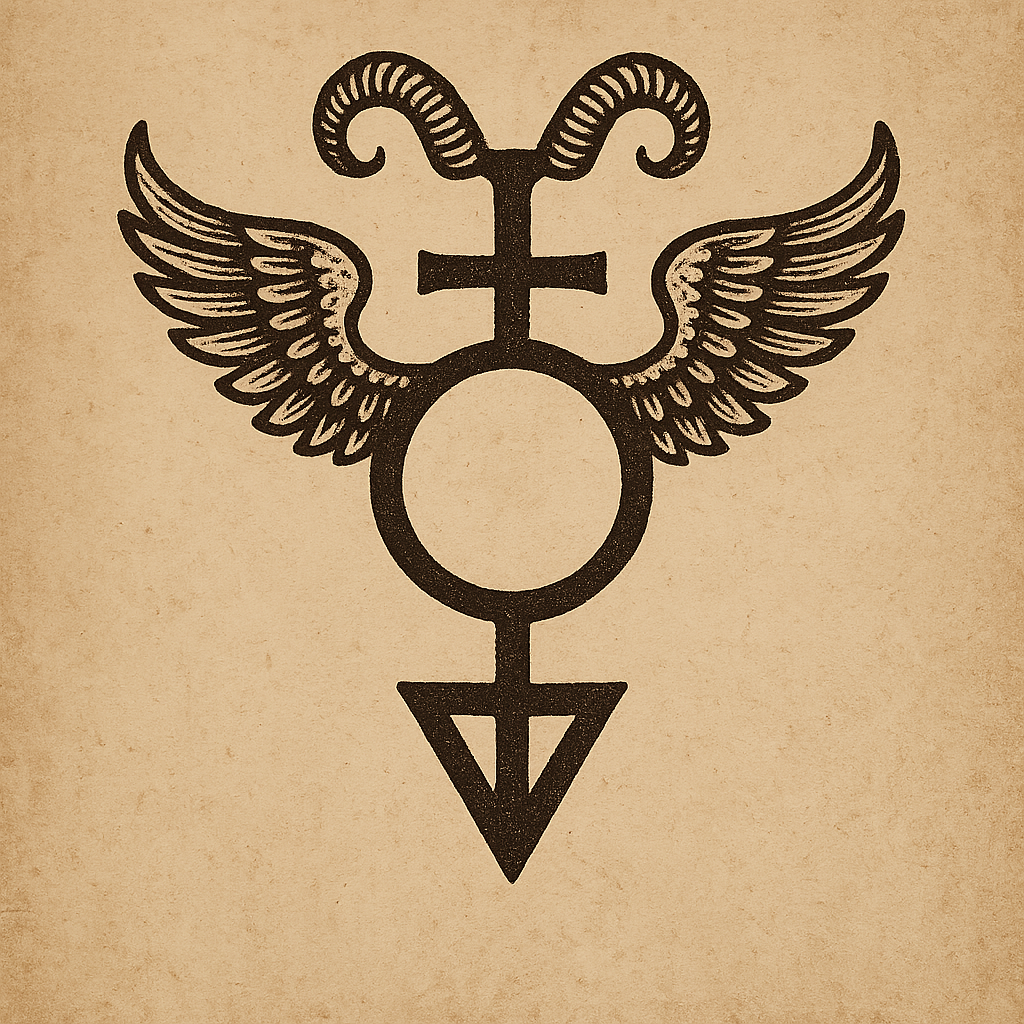Light, Shadow, and the Measure of Intent

To speak of “white” and “black” magic is to borrow a language of contrast that the Craft itself never claimed. These colors are shorthand, a convenient way for the world to describe what it fears or venerates without needing to understand. In the public imagination, “white” became the symbol of benevolence and healing, “black” of malice and taboo, and later “gray,” “green,” “red,” and other hues joined the palette. Such terms can be helpful to beginners—they give form to uncertainty and allow conversation where mystery would otherwise silence—but they are not the heart of the thing. True magic is not moral pigment. It is intention made manifest, awareness in motion.
The language of color was born not from the coven’s circle but from culture’s need for boundaries. Early occult writers, journalists, and dramatists painted the Craft in stark tones so it could be more easily contained: white for the angelic, black for the infernal. Yet in doing so they mistook symbol for essence. Magic is not divided by hue but by consciousness. It is as capable of blessing or banishing, of creation or undoing, as the mind and heart of the one who wills it.
In our practice, we follow a dualist understanding: not a war between light and dark, but a dialogue. Light reveals, shadow defines. One supports the other to become whole. Day is not purer than night, nor darkness evil by nature; each carries the other’s seed. The wise witch learns to move between them, neither blinded by brilliance nor lost in obscurity. To work magic is to stand at that threshold — to draw from both and find the balance where transformation lives.
The Rede teaches, An it harm none, do what ye will. It is not a rule but a measure, reminding us that every act ripples outward through the web of being. In many traditions this principle is called the Threefold Law or the Law of Return: what we send into the world returns upon the tide, magnified by the currents it has stirred. Within My Cousin’s Coven, we speak of this not as punishment or reward, but as resonance. All energy seeks its echo. The intention behind the act shapes the quality of its return. Thus, the measure of intent becomes the moral compass of the witch — not color, but awareness.
The shadow, too, is sacred. To deny it is to lose half the language of the soul. Within it dwell lessons, powers, and forgotten gods. The task is not to purge the darkness but to understand it, to turn its depth into wisdom and its weight into grounding. Light may show the path, but shadow teaches where to step. The two together form the whole magician’s circle.
If the colors of magic still speak to us, it is because the mind perceives through symbol. Humans have always painted the unseen to understand it: gold for spirit, green for growth, red for passion, blue for peace. Such hues are maps of feeling, not limits of truth. We are, all of us, a spectrum — a rainbow folded within the One — and no single shade can name the fullness of what we are becoming.
As dualist Wiccans with Neopagan and eclectic roots, we learn from many sources. We see all magic as colored by intention, not by moral pigment. Our practice is plural, reflective, and ethical; our goal is not power, but relationship — between shadow and light, between word and world, between the seen and unseen. We hold that magic, like life, is conversation: every spell a question offered to the universe, every answer an invitation to balance.
So we walk between candle and dark, between thought and form, seeking the measure of intent that binds them. Here begins the dialogue between shadow and light.

